
Impact of Dry Eye on Surgical Outcome; Patient Screening
Episodes in this series

Eye care experts discuss the impact of dry eye disease on surgical outcomes and their approaches for screening patients for dry eye disease.
[Transcript]
Marguerite McDonald, MD, FACS: We touched on this before, but patients with glaucoma are certainly at increased risk for dry eye.
The preoperative measurements for cataract surgery and corneal refractive surgery are vastly impacted by dry eye. Do you want to say a word or two about that?
Eric Donnenfeld, MD, FACS: Yes. Marguerite, you’ve been an expert in this area for a long time, and you know as well as I do that the cornea is not the refractive surface of the eye, it’s the tear film. And without adequate tear film, we don’t know how to treat these patients effectively. Tear film affects biometry, it affects keratometry, it affects wavefront aberrometry, it affects topographic-guided ablations. Every aspect of refractive surgery is impacted by dry eye. And one of the caveats I have for all of my patients is that when they come in, I want to make sure the dry eye is well managed, so I won’t do a preoperative evaluation until I do a dry eye evaluation. If the eyes are dry on my initial consultation, I tell the patient, we’re not going to do the evaluation today. You need to go back, get the proper therapy, improve your ocular surface, and that gives me a better chance of giving that patient the visual outcome they’re looking for.
Marguerite McDonald, MD, FACS: Yes. I have trained the technicians who work with me. If they see a tear osmolarity score of 317 mOsm/L or greater, or they do a topography map and they see it’s all broken up, and they recognize that as a sign of dry eye, they stop the preoperative cataract or refractive evaluation and come show it to me. I come in, meet the patient, say hi, do a quick slit lamp examination, stop it; no dilation, no IOLMaster, stop it right there. Tell them it’s important to treat the dry eye, and then have them come back a few weeks later and then I do it. And that’s also why I won’t let people come in from out of town, have the exam, and have surgery all in 1 week because often you find someone who needs a month or more of ocular surface treatment, and now you’re stuck. They’re there with their children. The son took a week off of work, and now you’re between a rock and a hard place. So you don’t let them come from out of town, even if it’s a good referring physician who sent them in, until you see them.
Eric Donnenfeld, MD, FACS: You’re absolutely right about that. And dry eye is so ubiquitous. One of the common concerns is if the patient comes with preoperative dry eye, we know very well that any surgical intervention is going to worsen that dry eye. And the unhappiest patients in my practice are not the patients who have dry eye, but the patients who have borderline dry eye who are not treated before therapy. Because if you take patients with borderline controlled dry eye who are functioning normally, you do surgery on them, and you convert them from a borderline dry eye to an overt clinically significant dry eye; you know what they do, they blame you because your surgery caused their dry eye. So diagnosing dry eye before surgery is extraordinarily important for not only good outcomes, but to make sure the patient isn’t going to come back to you blaming you for something that you did to cause their dry eyes to worsen.
Marguerite McDonald, MD, FACS: And as they say, if you diagnose it preoperatively, it’s their problem. If you diagnose it postoperatively, it’s our problem.
Richard Mangan, OD, FAAO: That’s right. And that’s one of the reasons why I was brought on to the department, to help with surface optimization prior to surgery. So I could work with these patients, get their ocular surface optimized and then get back to the surgeon at that point for the measurements and treatment at that time. And I’ve been trying, as I’ve lectured around the country, I've really impressed upon my optometric colleagues to pay attention to that before you even refer them over to your surgeon. Is that surface truly ready for them to get measurements? And so I think we’re starting to see some improvements in that area, too.
Eric Donnenfeld, MD, FACS: And you know Rich, I think you really made an important comment here. I think that the common ground for optometry and ophthalmology to work together is dry eye. That’s a place where we need each other to manage our patients appropriately, and I think that’s a place where we really need to spend more time and effort, as our professions, to increase the quality of care we provide to our patients. And we work with a lot of optometrists in our practice who do a great job of working with us to make sure the patient gets the right treatment.
Newsletter
Want more insights like this? Subscribe to Optometry Times and get clinical pearls and practice tips delivered straight to your inbox.





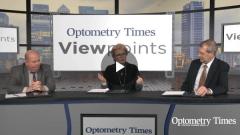
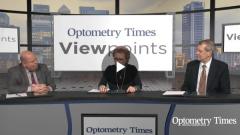
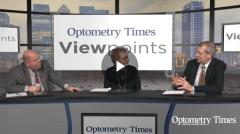

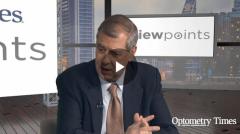
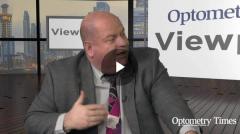
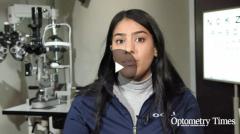












































.png)


